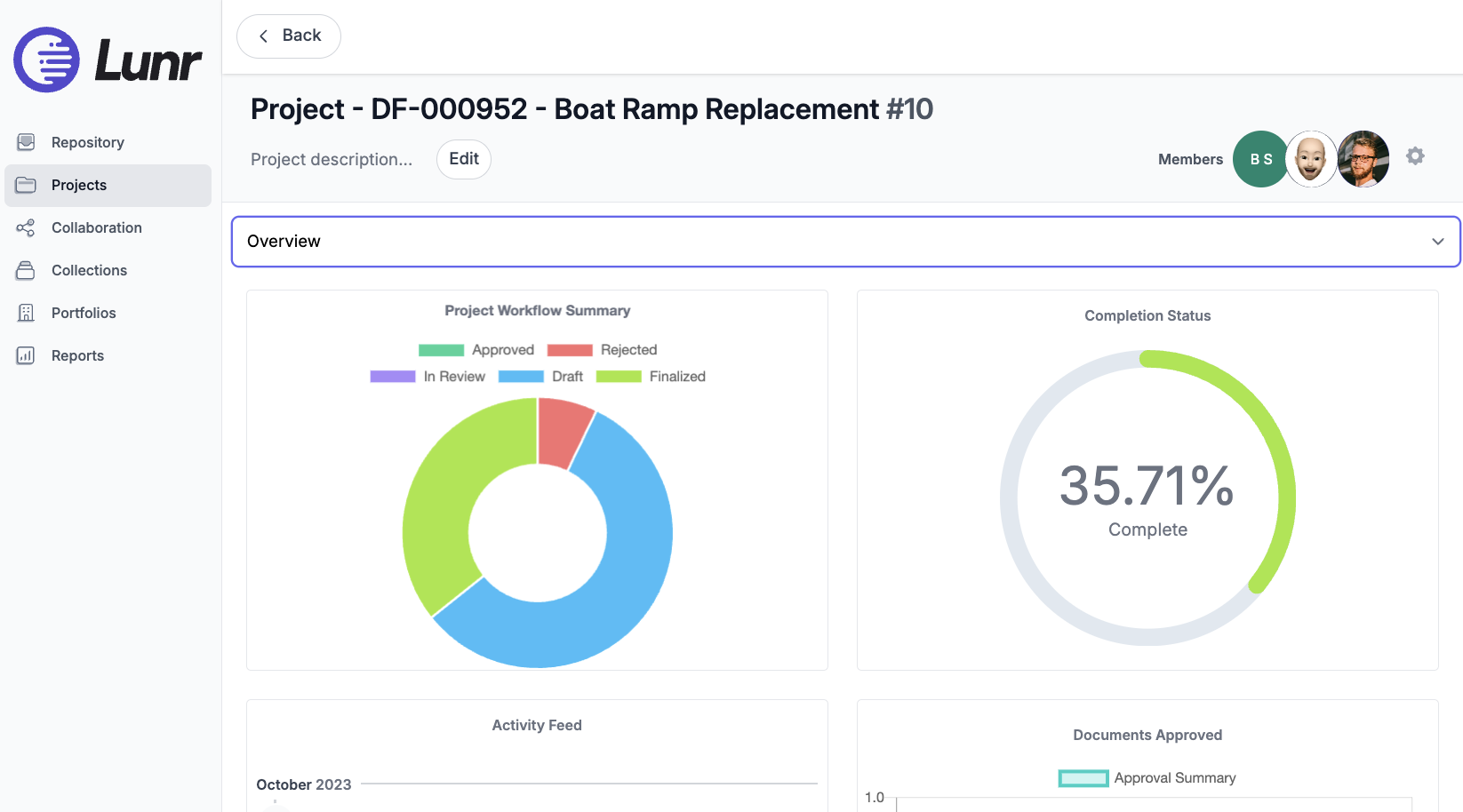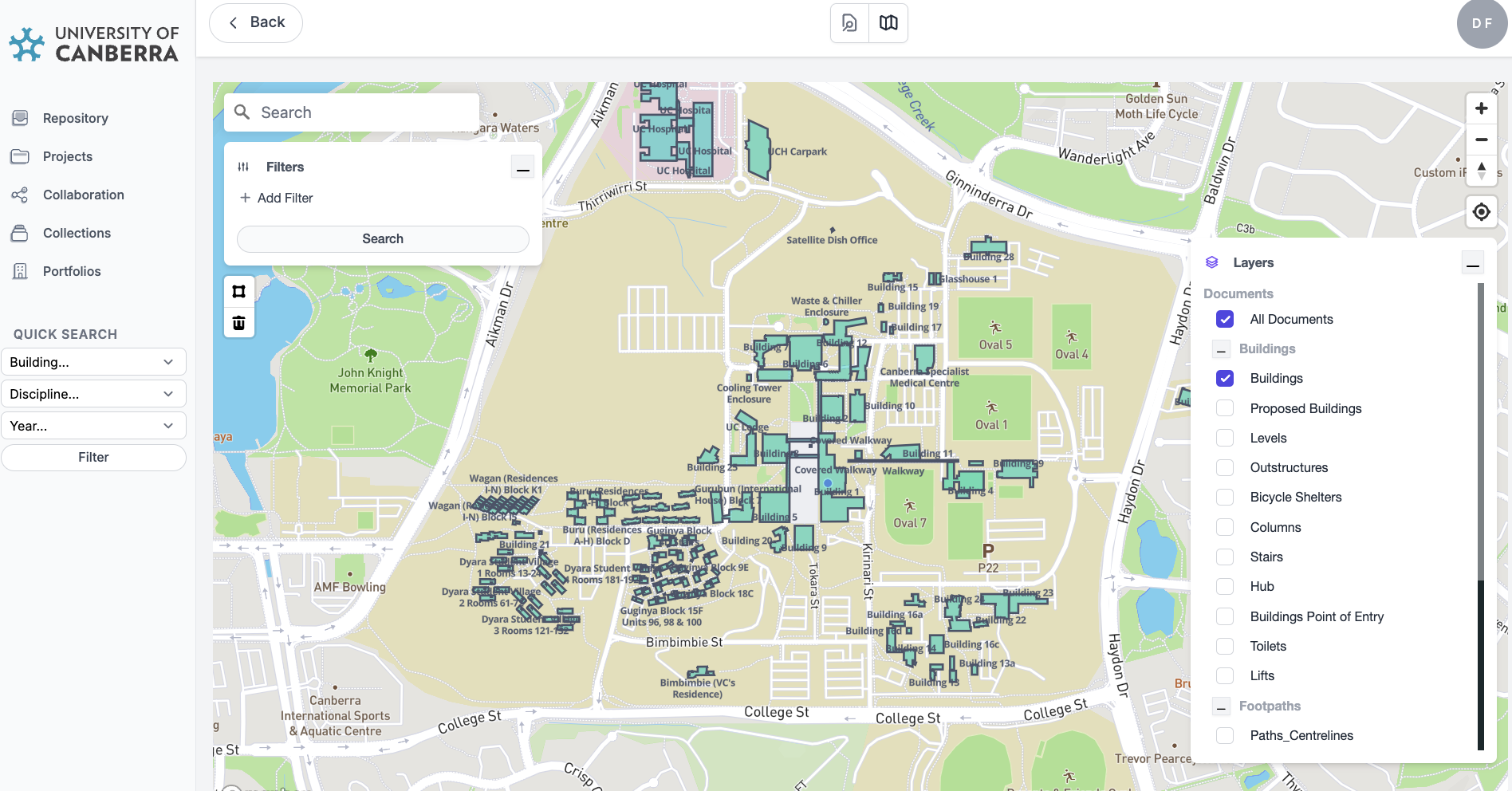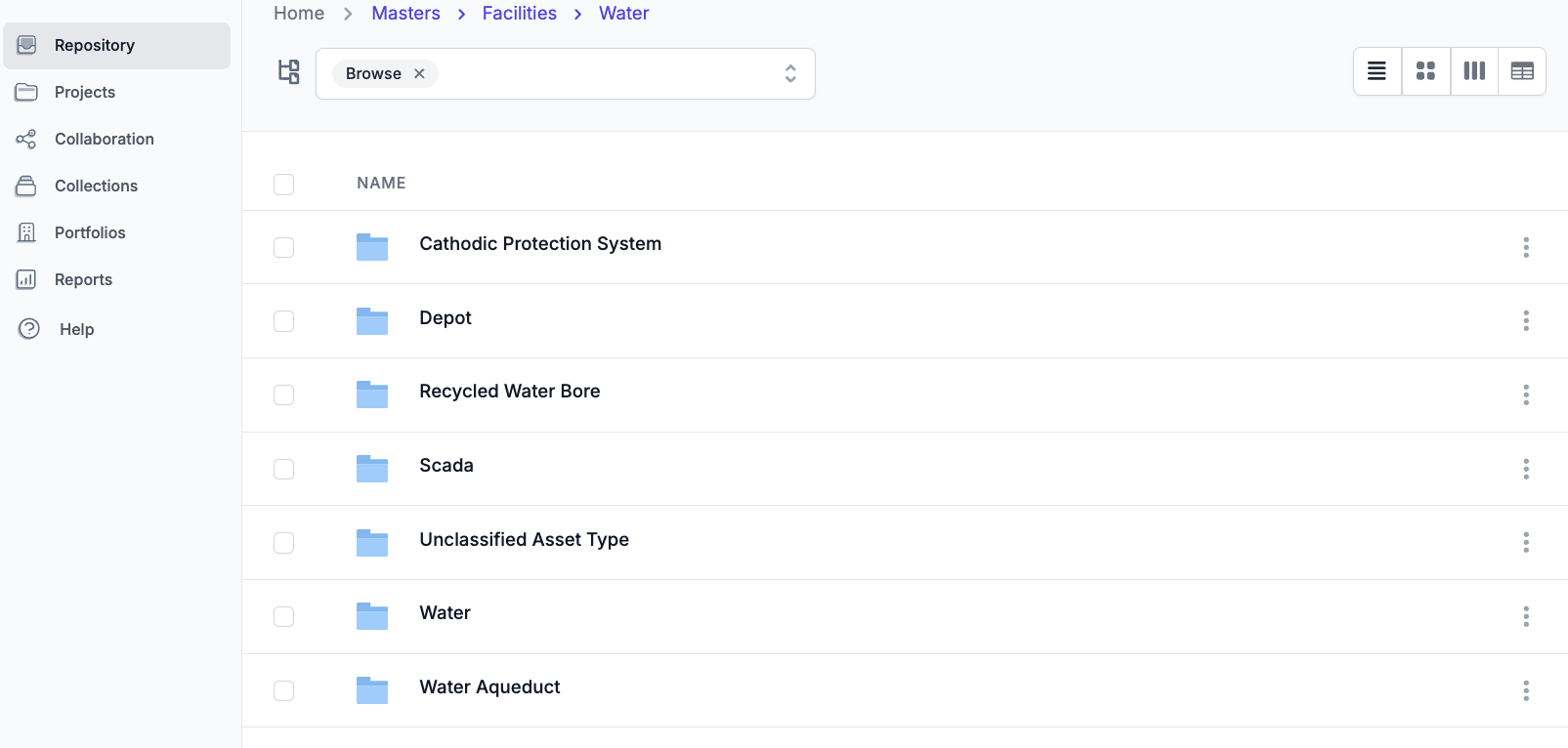Understanding Transmittals

Document Transmittals are a formal process used by Engineering and Construction companies to send controlled documents or drawings to external companies, contractors, or vendors. A transmittal typically consists of four parts:
Recipient(s): Details of who the transmittal is being sent to.
Cover sheet: This should include a list of files (with their revision numbers) included in the transmittal package.
Documents: The documents sent in the transmittal.
Reason: The reason that the documents are being transmitted. Examples include (For Information or For Change).
From the vendor or contractor perspective, a transmittal provides a controlled way to share documents with clients, recording a history of when the transmittal was sent, whom it was sent to, and when it was received. This helps keep projects on track, by avoiding scenarios where it's unclear when a given package of documents was received.
From the asset owner perspective, transmittals are often used when preparing a tender during capital works projects as a way of sending a package of documents for review to allow prospective vendors to prepare a quote.
Modern transmittal systems include a method for transmittal recipients to access a digital download of the package contents, and automatically mark the transmittal as received once it has been accessed.
Lunr transmittals can be used to send a package of documents to one or more contacts, without the need to specifically grant these contacts access to the document repository. Once a contract is awarded to a vendor, this vendor would typically be granted access to the document repository, as well as one or more Engineering Projects.


